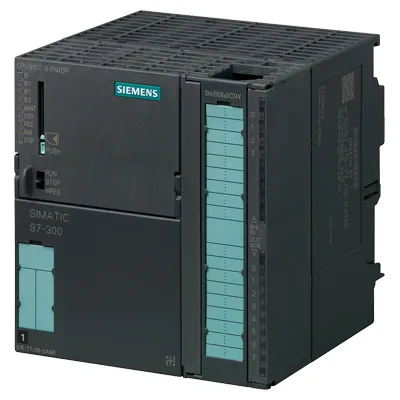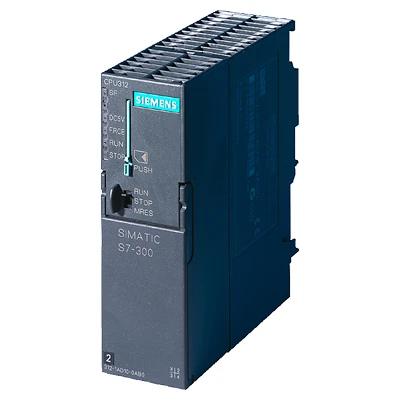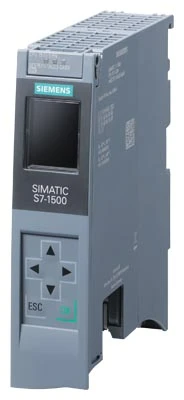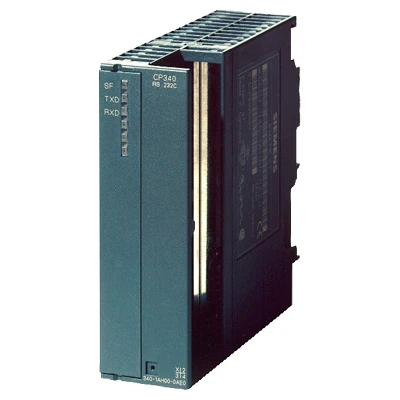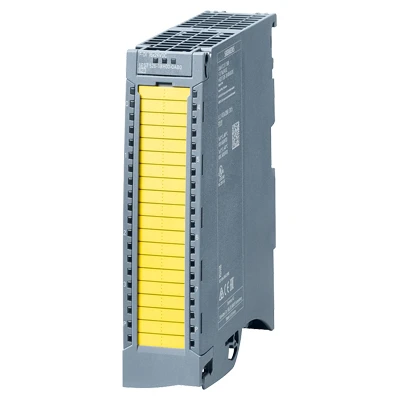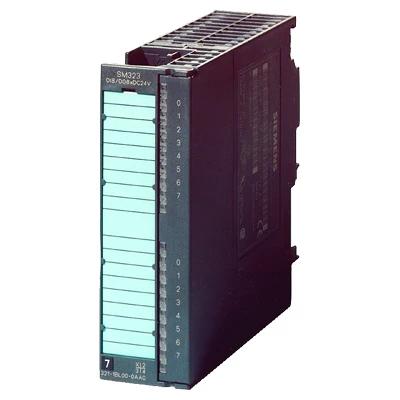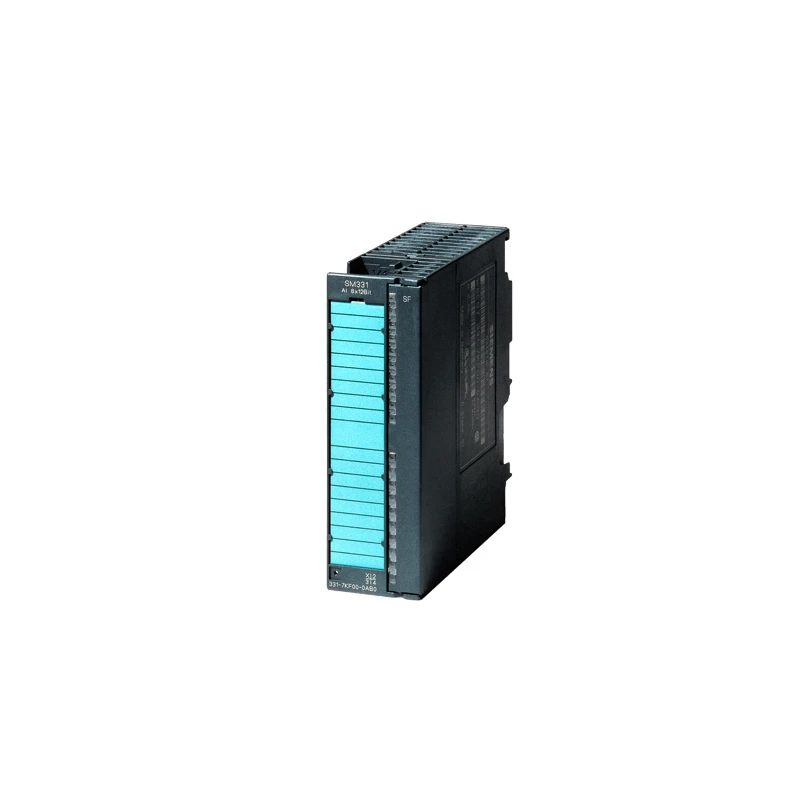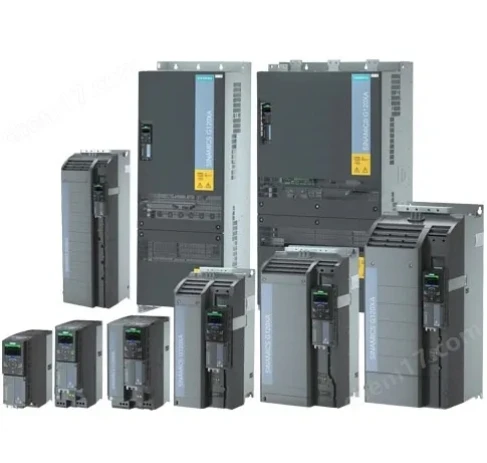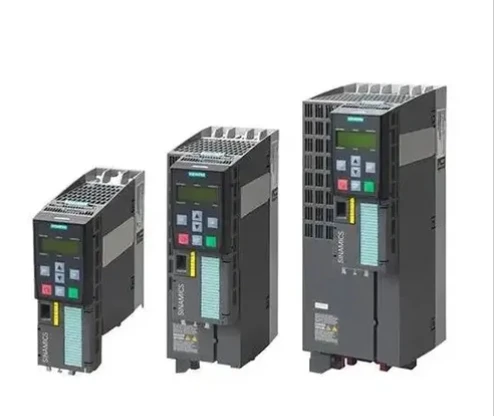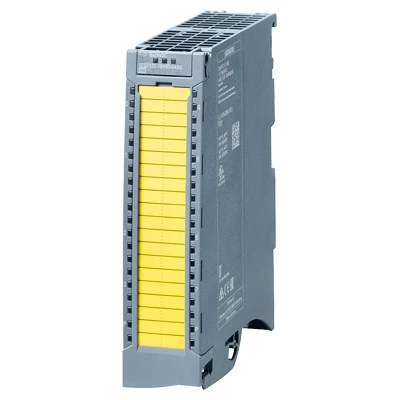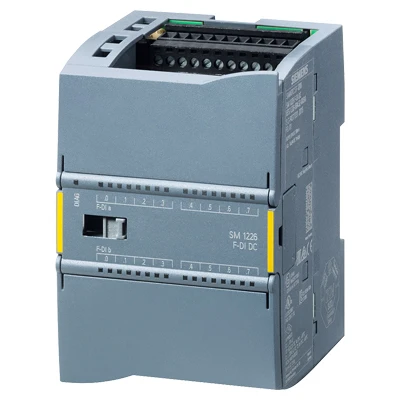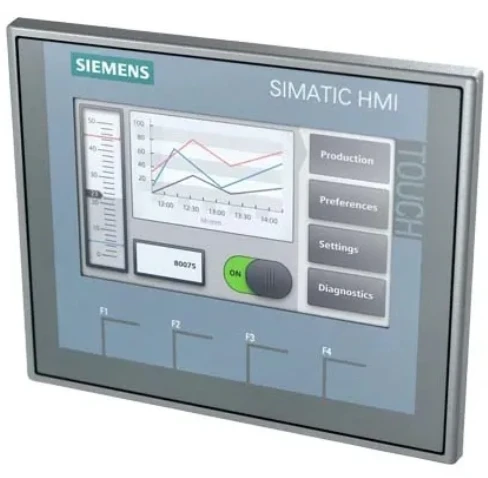Variable Frequency Drive Operation Maximize Motor Efficiency & Savings
- Fundamentals of AC Drive Motor Control
- Energy Efficiency Metrics Analysis
- Technical Advantages Over Conventional Systems
- Manufacturer Technology Comparison
- Industry-Specific Customization Options
- Cross-Industry Implementation Case Studies
- Future Development Trajectories
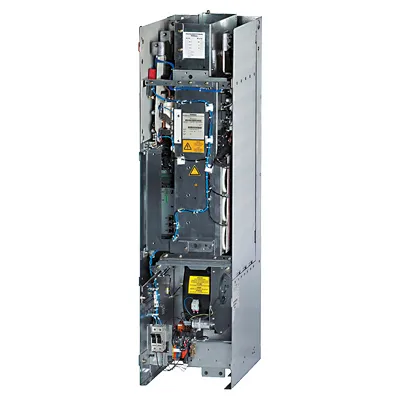
(variable frequency drive operation)
Understanding Variable Frequency Drive Operation
Variable frequency drives control electric motor speed by adjusting input frequency and voltage. This technology precisely regulates three-phase AC motor performance in industrial systems. Electrical engineers leverage VFDs to match motor output with exact process requirements, eliminating mechanical throttling devices.
Basic VFD operation involves three power conversion stages: The rectifier converts AC to DC, capacitors smooth the waveform, and insulated-gate bipolar transistors (IGBTs) synthesize adjustable frequency AC output. Modern microprocessor-controlled drives execute thousands of calculations per second to maintain torque requirements while conserving energy. Facilities integrating VFDs report startup current reduction to 150% of full-load current versus 600% with direct-on-line starters.
Quantifiable Performance Metrics
Energy savings constitute the most compelling VFD benefit. Data from 47 manufacturing plants indicates centrifugal applications achieve 24-76% power reduction when operating at 80% speed flow requirements. The cubic relationship between speed and energy manifests directly in operational costs - reducing motor speed by 20% yields nearly 50% energy savings.
Production facilities document additional measurable impacts beyond electricity conservation. Conveyor systems utilizing VSDs experience 81% fewer mechanical stress failures according to Material Handling Industry reports. Predictive maintenance intervals extend by 30-40% when dynamic motor control eliminates abrupt startups. Facilities installing VFDs report 7-month mean ROI periods with current energy pricing.
Engineering Advantages
Contemporary drives provide superior functionality compared to electromechanical controls. Multi-dimensional vector control maintains ±0.2% speed regulation without encoders, enabling precise positioning in automation systems. Advanced algorithms prevent nuisance tripping by compensating for mains voltage fluctuations up to ±15% deviation.
Modern VFDs incorporate integrated safety via Safe Torque Off (STO) certification meeting SIL 3/PL e standards. Communication capabilities include embedded EtherNet/IP, Modbus TCP, and PROFINET interfaces facilitating Industry 4.0 integration. Environmentally hardened designs feature conformal coated PCBs operating reliably in temperatures from -25°C to +70°C with 95% non-condensing humidity tolerance.
Manufacturer Technology Comparison
| Manufacturer | Efficiency Rating | Voltage Range | Control Methods | Specialized Features |
|---|---|---|---|---|
| Siemens SINAMICS | 98.5% | 200-690V | VVC+, vector, servo | Integrated safety, AI diagnostics |
| ABB ACS880 | 97.8% | 380-500V | DTC, scalar | Adaptive programming, marine cert |
| Rockwell PowerFlex | 97.2% | 480-600V | Flux vector, V/Hz | CIP Motion, hazardous area |
| Danfoss VACON | 96.7% | 380-690V | FOC, ECO mode | Marine DNV-GL, grid support |
Recent technological advancements include active front-end configurations generating near-unity power factor (0.97 lagging to 0.95 leading) at full load. Regenerative drive models feed braking energy back into power systems instead of dissipating heat, achieving net-negative consumption profiles in cyclic applications. Testing indicates regenerative units capture up to 97% of deceleration energy in elevator systems.
Customization Methodology
Successful VFD implementation requires tailored solutions addressing specific environmental and operational demands. Harsh environment packages incorporate NEMA 4X/IP66 enclosures with corrosion-resistant coatings for pulp/paper applications. Chemical processing installations utilize double-conversion isolation transformers providing 1600% short-circuit current protection.
Specialized software configurations solve unique operational challenges: Precision tension control algorithms maintain ±0.5% web velocity regulation in converting machinery. Dedicated pump curves prevent hydraulic resonance in parallel pumping stations. Custom programming extends motor lifespan in mining applications through acceleration ramps that minimize belt stretch during loaded startups exceeding 1500kW.
Cross-Industry Implementation
Water Treatment: A Texas municipality reduced pumping energy consumption by 63% using multi-pump sequencing logic with pressure transducer feedback. The 147-drive installation maintained constant discharge pressure within ±1.5 PSI despite demand fluctuations.
HVAC: Chicago's 110-story Willis Tower retrofit implemented 238 variable speed drives on fans and chillers. The $5.2 million project achieved 36% annual energy reduction, maintaining indoor climate stability while eliminating steam humidification through precise airflow control.
Manufacturing: Automotive assembly plants apply sensorless vector drives for 220kW robotic painting booths requiring exact ventilation control. Synchronization algorithms maintain ±0.1% speed matching between exhaust and makeup air systems preventing volatile organic compound accumulation.
Innovations in Variable Speed Drive Operation
Next-generation VFD operation increasingly incorporates AI functionality with motor control systems. Deep learning algorithms process vibration signatures, temperature curves, and power quality metrics to predict winding degradation 47 days before failure. Industrial IoT connectivity enables fleet management capabilities - facilities managing 300+ drives consolidate monitoring through unified dashboards reducing troubleshooting time by 78%.
Carbon reduction initiatives drive technical evolution: 2024 prototypes demonstrate silicon carbide semiconductors reducing switching losses by 85% compared to IGBT designs. Ultra-efficient models now achieve 99.1% conversion efficiency at partial loads through hybrid SiC-IGBT architectures. Major manufacturers pledge carbon-neutral VFD production by 2028 in response to industrial sustainability mandates.
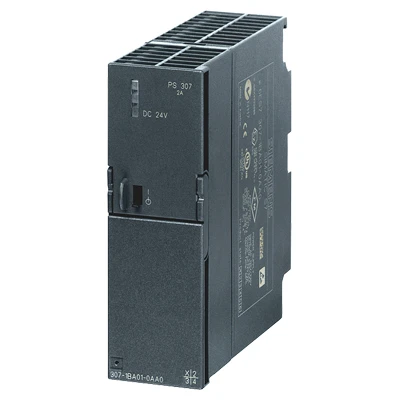
(variable frequency drive operation)
FAQS on variable frequency drive operation
Q: What is a Variable Frequency Drive?
A: A Variable Frequency Drive controls motor speed by adjusting electrical frequency and voltage. It enables dynamic acceleration/deceleration to minimize mechanical stress. This process optimizes energy consumption based on load requirements.
Q: How does a VFD change motor speed?
A: VFDs convert incoming AC to DC power, then recreate adjustable AC frequency/voltage. Output frequency variations directly correspond to motor RPM changes. This allows continuous speed control beyond traditional fixed-speed operation limitations.
Q: What energy benefits do variable speed drives provide?
A: They dramatically reduce energy consumption by matching motor speed to actual load demands. This eliminates wasteful throttling methods like dampers or valves. Typical centrifugal applications achieve 30-50% energy savings.
Q: Where are VFDs commonly implemented?
A: Common applications include HVAC pumps/fans, conveyor systems, and machine tooling where precise speed control is essential. They're also vital in material handling elevators and water treatment plants requiring flow regulation.
Q: What protection features do modern VFDs offer?
A: VFDs provide motor protection against overvoltage, undercurrent, and overheating conditions. They include advanced diagnostics for predictive maintenance and programmable trip limits. Built-in electronic protection eliminates the need for external relays.

